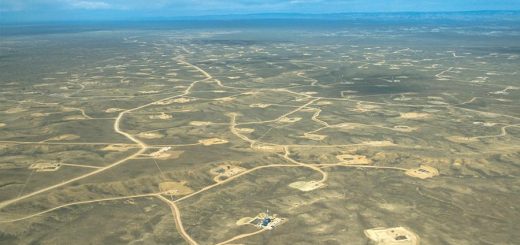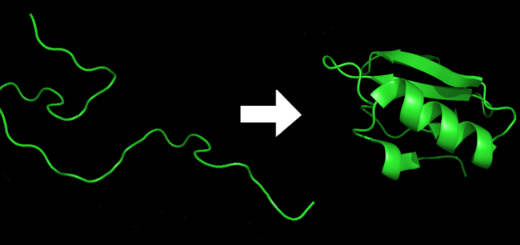Armageddon Out of Here
The threat of an asteroid hitting the Earth and destroying all human life is a constant worry for astronomers, Armageddon hypothesisers and those with a nervous disposition; however their concerns are not completely unfounded (remember the dinosaurs?). A number of asteroids are known to be on a collision course with Earth and the next significant impact is expected to come from an asteroid called 1950DA which is due to hit or narrowly miss Earth in 2880 (so at least we have time on our side). Naturally we humans have sought to seek some control over these potentially devastating pieces of rock. Plan A has always been to nuke it if it gets too close but there are logistical issues with this, namely that if anything untoward should happen to the rocket carrying the nuclear bomb before it left the atmosphere this would probably cause more damage than the impact of the asteroid. Also, should the bomb reach the asteroid it may break it up without altering its trajectory – effectively creating an inter-stellar cluster-bomb. Planetary geologist Jay Melosh has been devising an alternative method of asteroid deflection. He proposes that in the same way we can use a magnifying glass to burn a hole in a sheet of paper, we could focus the Sun’s rays on the asteroid which would slowly but surely vaporise it. Admittedly you would need an enormous magnifying glass, something Melosh calls a ‘solar collector’, but there are already a number of radio dishes that could potentially be adapted to perform this role. These could be in orbit and ready for action in less than 10 years. This would leave us with a casual 2859 years to spare with no risk of nuclear fallout. Listen to episode 1 of The GIST Podcast to hear more about this story.123
References
- Melosh HJ. Asteroid deflection – the mirror ablation approach. Planetary Defense Conference: Protecting Earth from Asteroids. 2004; Feb, 23-26.
- Melosh HJ, Nemchinov IV, Zetzer YI. Non-nuclear strategies for deflecting comets and asteroids. Hazards due to comets and asteroids. 1994; University of Arizona Press.
- http://www.bbc.co.uk/science/horizon/2003/armageddontrans.shtml










